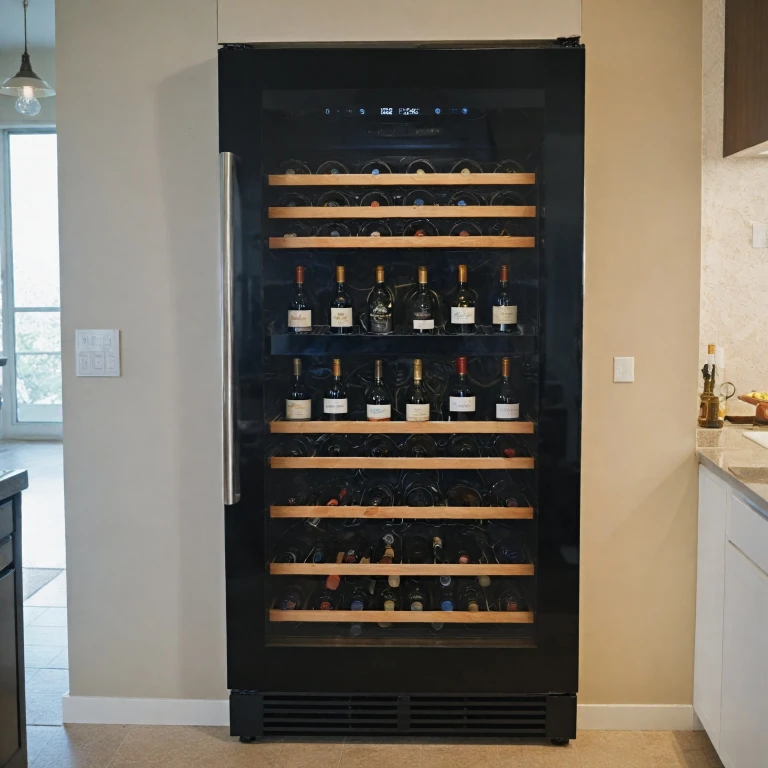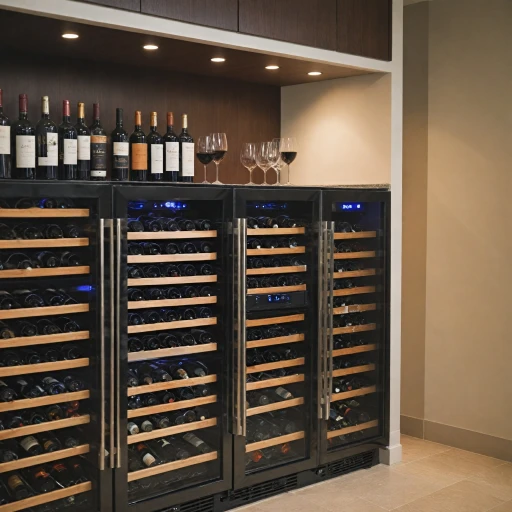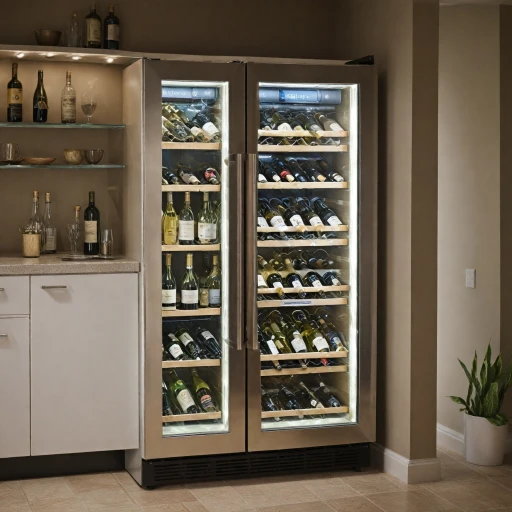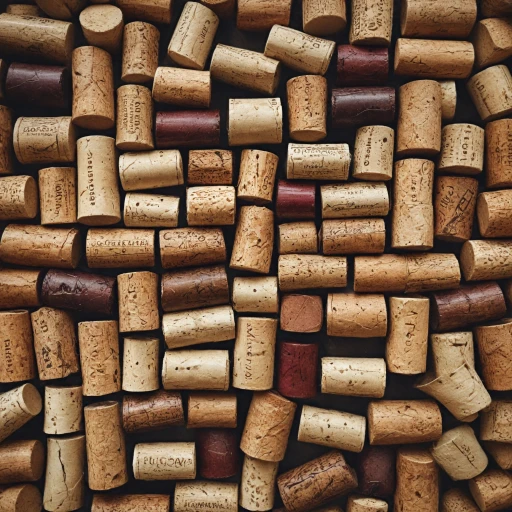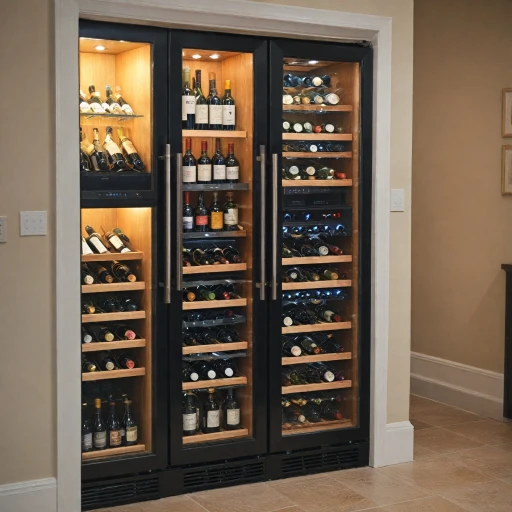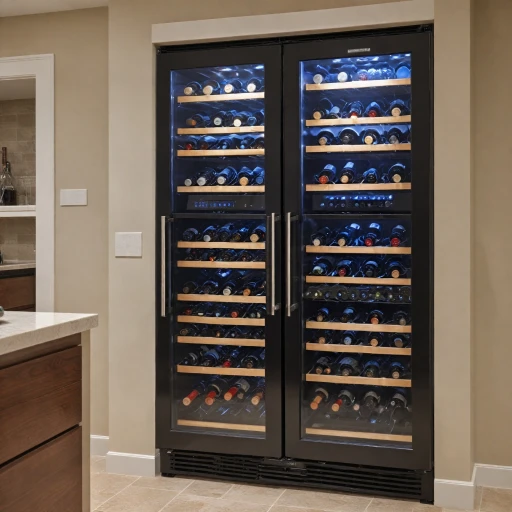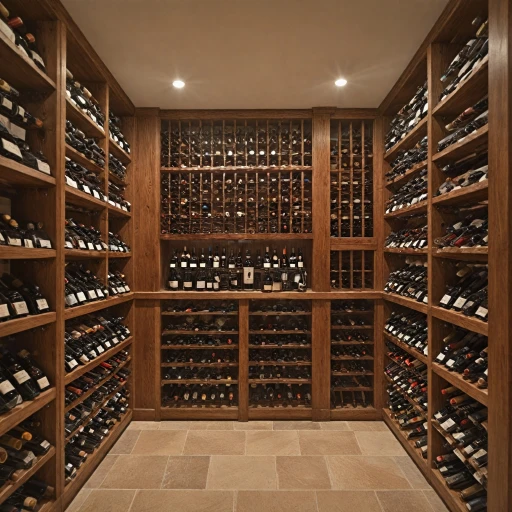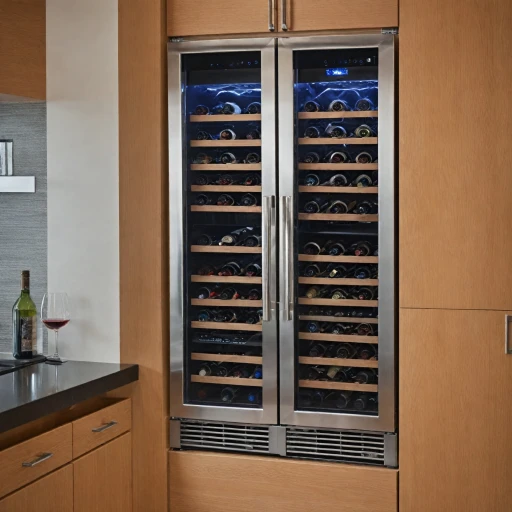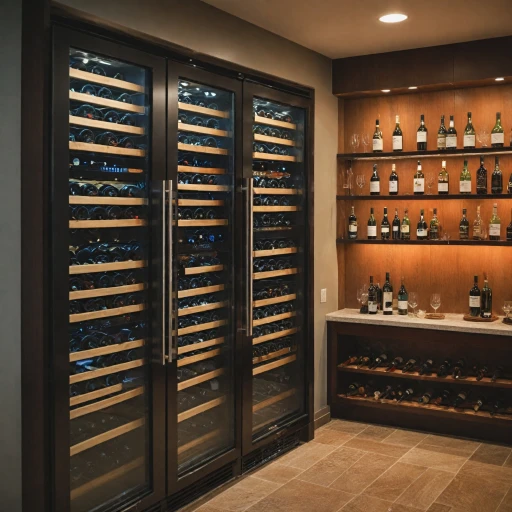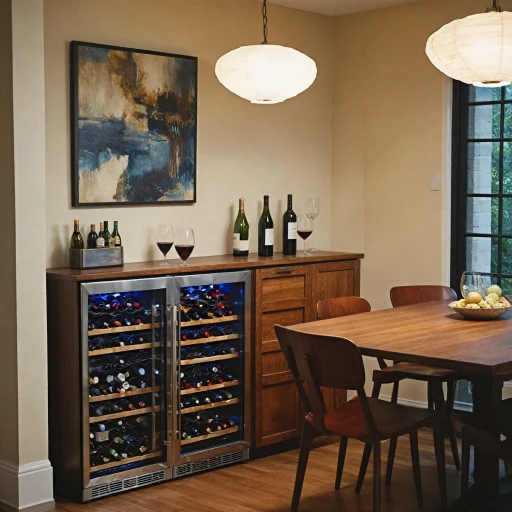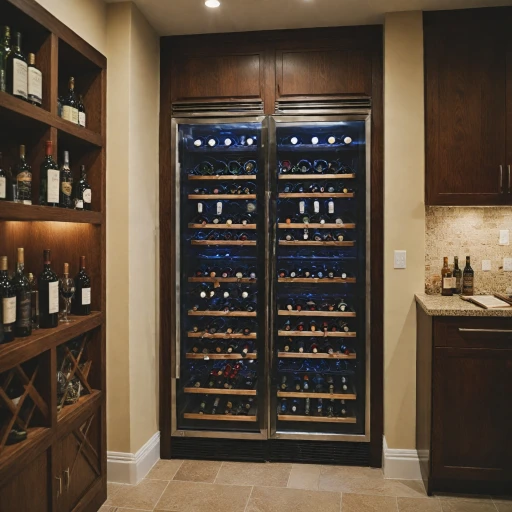
The Importance of Temperature in Wine Storage
The Role of Precise Temperature in Preserving Wine Quality
The right temperature range plays a crucial role in wine storage. Wine, a delicate beverage, requires controlled conditions to maintain its flavor and aroma. Both red wines and white wines benefit from being stored within specific temperature parameters. When wines are exposed to unfavorable conditions, their quality can degrade rapidly, subsequently affecting your overall wine-tasting experience.
Each type of wine has its optimal storage temperature, ensuring that the wine matures gracefully and remains ready to be served. This highlights the necessity of understanding the right temperature settings for storing wine. While mini fridges and general refrigerators might seem like a convenient storage option, they often fail to provide the precise humidity and consistent cold environment necessary for wine preservation.
A reliable wine fridge or wine cooler maintains specific temperatures suited for wines. This is particularly important since the usual household refrigerator is intended for general beverages and not for the nuanced needs of wine. By investing in the best wine coolers, whether they are full-sized or mini, you ensure your cellar is capable of accommodating the evolving nature of wine preservation.
Ensuring your wine remains at its best doesn't just depend on the temperature; factors like the fridge's dual-zone capabilities, which cater to multiple wine types, are essential. Delving into the topic of how different wines should be stored can further help optimize your wine storage solutions.
Typical Temperature Ranges for Wine Fridges
Understanding the Common Temperature Settings
Navigating the typical temperature ranges for wine fridges is crucial in ensuring your wines maintain their flavor and quality. While the optimal temperature may vary depending on the type of wine, most wine coolers are designed to accommodate both red and white wines, offering a broad temperature setting that caters to various needs. For red wines, a suitable temperature range lies between 50-65°F (10-18°C). This will help in preserving the complex flavors and aromas of reds, while avoiding the risk of overheating. White wines, however, thrive in a cooler environment, typically stored between 45-50°F (7-10°C). This cooler temperature helps retain the crispness and acidity that are characteristic of many whites. As for sparkling wines, they are best enjoyed cold. Therefore, refrigeration settings between 40-50°F (4-10°C) are considered optimal. Wine fridges often provide flexibility through dual or multi-zone compartments, allowing for separate temperature settings in different areas of the cooler. This design is particularly beneficial when storing a variety of wines in one unit, as it accommodates the specific needs of each wine type. When selecting a wine fridge, understanding these typical temperature ranges can guide you in making informed decisions that align with your wine storage needs. For more detailed information on the optimal temperature for storing wine, you can navigate to Wine Cooler Guru's comprehensive guide.Factors Affecting Wine Fridge Temperature
Key Elements Influencing Temperature Control
Maintaining the ideal temperature range within wine fridges is crucial, but it’s more complex than just setting a dial. Several factors can influence the temperature inside your wine storage solutions, affecting how well they preserve and serve your precious bottles.
- Insulation Quality: The efficiency of temperature management largely depends on the cooler's insulation. A well-insulated wine cooler ensures consistent temperatures, essential for both red and white wines.
- Location and Environment: Placing your wine cooler in a space with moderate ambient temperatures is vital. Areas that are too warm or too cold can force the fridge to work harder, impacting energy consumption and temperature stability.
- Humidity Levels: Humidity plays a significant role in wine storage, particularly in maintaining cork integrity. Too much or too little moisture can lead to spoilage. Consider integrating a humidity-controlled refrigerator to optimize this aspect.
- Fridge Size and Capacity: The physical space inside your wine fridge also affects temperature consistency. Overloading the fridge can obstruct airflow. Opt for a mini fridge for fewer bottles or a larger beverage cooler if your collection demands it.
- Single vs. Dual Zone Wine Coolers: Dual zone wine coolers offer flexibility to store different types of wines at their optimal temperatures. Understanding the specific needs of each wine type ensures they are served at their best.
- Fluctuating Power Supply: Wine fridges relying on a stable electrical input can see temperature disturbances when dealing with power surges or outages. Ensure your appliance connections are secure to maintain optimal storage conditions.
Being aware of these factors and managing them appropriately will enable you to maintain the optimal conditions for your wine collection, ensuring that each bottle amply satisfies your palate.
Adjusting Your Wine Fridge for Different Wines
Customizing your Wine Fridge Settings for Various Wines
When it comes to storing wines at their optimal conditions, customizing the temperature settings of your wine fridge becomes crucial. Different wines demand distinct temperatures to retain their flavors and aromas, and a one-size-fits-all approach simply won't do. Here's how you can fine-tune your cooler to accommodate the diverse needs of your extensive collection.- Understanding Wine Categories:
- Red Wines: Typically best served between 55°F and 65°F, red wines benefit from a slightly warmer environment compared to their white counterparts. Ensure your wine chiller caters to this warmer range to unlock the full body and richness of reds.
- White Wines and Rosés: These wines reveal their crispness and delicate nuances when kept in cooler temperatures, generally around 45°F to 55°F. A wine refrigerator set to this range will help maintain their integrity.
- Sparkling Wines: For bubbly lovers, very cold settings, normally around 40°F, preserve the effervescence and brightness characteristic of these wines.
- Utilizing Dual Zone Wine Coolers: If you invest in a dual zone cooler, you have the luxury of setting two different temperature zones within the same unit. This is a wise choice for those with a diverse collection, allowing the simultaneous storage of red and white wines at their respective ideal temperatures.
- Adapting to Bottle Sizes and Types: Larger bottles or certain wine types might require slight adjustments in storage temperature. Be attentive to the specific needs of your wine inventory to determine the best temperature serving conditions.
- Humidity Control: Aside from temperature considerations, maintaining proper humidity within your wine cooler ensures the corks remain moistened, preventing oxidation and ensuring the longevity of your wine collection.
Troubleshooting Temperature Issues
Addressing Temperature Challenges in Your Wine Cooler
When it comes to maintaining the ideal environment for your wine, wine fridges play a crucial role. However, encountering temperature issues is not uncommon, and they can affect how well your wine ages and is ultimately served. Let's explore some common temperature challenges you might face and how to troubleshoot them effectively.
1. Temperature Fluctuations: Significant swings in temperature are detrimental to wines. To stabilize these fluctuations, ensure your wine fridge is not placed near heat sources such as ovens or exposed to direct sunlight. Consistent temperatures are key to ideal wine storage.
2. Uneven Cooling: If you notice certain bottles are not as cold as others in your wine cooler, you might be facing an issue of poor air circulation. Check that your wine bottles are not blocking the vents inside the fridge. Proper arrangement helps airflow, maintaining an even temperature.
3. Broken Thermostat: A faulty thermostat can lead to incorrect temperature readings, impacting your cooler’s performance. It might be necessary to recalibrate your thermostat or consult the manufacturer if the problem persists.
4. Environmental Factors: External conditions such as ambient humidity and temperature range can impact your wine coolers. Make sure your room is cool and dry to assist your fridge in maintaining optimal distance from extreme temperatures.
5. Handling Different Wine Types: As you may need to store a variety of wines like red and white wines in the same unit, consider a dual-zone wine fridge. This type of cooler allows separate temperature settings for different zones, accommodating both red and white wines requirements efficiently.
By addressing these common challenges, you can maintain your wine chiller at its best performance, ensuring that your beloved bottles of wine are stored properly and served in their ideal condition.
Choosing the Right Wine Fridge for Your Needs
Identifying the Perfect Wine Fridge for You
Choosing the best wine fridge for your needs can be as intricate as discovering the nuances of individual wine varieties. Several factors come into play when deciding on the most appropriate wine storage option, from the temperature range to the size and style of the fridge itself.
First, assess your space and lifestyle. If you have limited room, a mini fridge or mini wine cooler could be ideal for those with modest collections or for serving wine occasionally. Alternatively, if you have ample space or a significant collection, a larger built-in or standalone refrigerator might serve you better.
It's also crucial to evaluate the temperature control options available. Wine lovers who appreciate both red and white wines may benefit from a dual zone wine fridge, which allows for two separate temperature settings. This feature ensures that each bottle of wine is stored at the optimal temperature, best suited to its varietal.
Humidity control is another aspect to consider. While it's often overlooked, maintaining the right humidity can help preserve your wines, preventing corks from drying out and bottles from losing their integrity over time.
Consider whether a wine cooler with a viewing window fits your aesthetic preferences or if you prefer a solid door to minimize light exposure and maintain consistent temperatures. Additionally, some fridges for wine are designed to accommodate not only wine but also other beverages, which could be beneficial for those who entertain guests frequently.
Lastly, examine power efficiency and noise levels. An energy-efficient model with a quiet motor will keep your storage costs low and ensure your wine is stored in a tranquil environment.
By evaluating these factors, you can select a wine fridge that not only preserves your collection at the right temperature range but also complements your home's design and your lifestyle. Ensure your chosen cooler meets all your storage needs, whether it’s for long-term cellar storage or keeping wines ready to be served.

